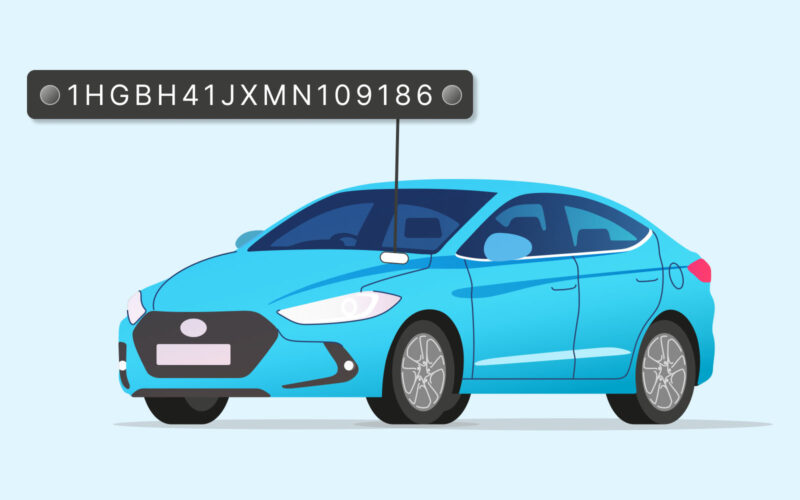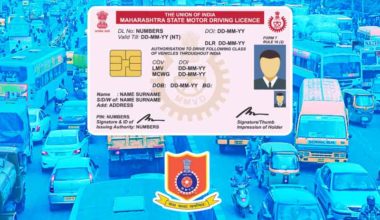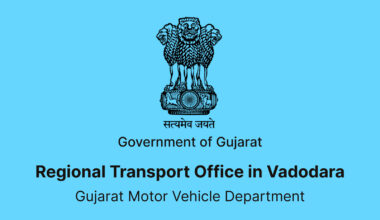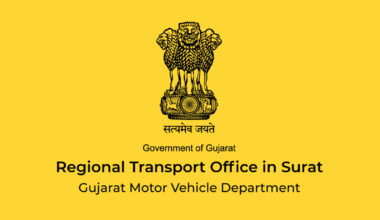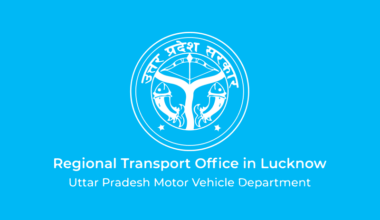VIN (Vehicle Identification Number): A unique alphanumeric code assigned to each vehicle, also known as the chassis number. It serves as the primary identifier and provides specific information about the vehicle’s manufacturer, model, production year, and other distinguishing characteristics. The VIN is crucial for vehicle identification, history tracking, registration, insurance, safety recalls, and anti-theft measures.
In India, every vehicle is given a unique identification code called the Chassis Number or Vehicle Identification Number (VIN). This code is a combination of numbers and letters and is crucial for identifying a vehicle’s manufacturer, specifications, and production details. The Chassis Number or VIN is used in various vehicle-related activities like registration, insurance, and tracking the vehicle’s history.
Understanding the Chassis Number or VIN is important for vehicle owners. It allows for accurate identification and verification of vehicles, ensuring transparency and security in transactions. By decoding the Chassis Number or VIN, you can gather information about the vehicle’s make, model, manufacturing year, engine type, and other relevant details.
Table of content
What is the Chassis Number or VIN Number?
The chassis number, also known as the Vehicle Identification Number (VIN), is a unique code given to each vehicle. It is a combination of letters and numbers that provides specific details about the vehicle’s manufacturer, model, production year, and other defining features. The chassis number is important for vehicle identification, registration, insurance, and safety purposes. It helps track a vehicle’s history, including ownership, maintenance, accidents, and repairs.
Manufacturers, authorities, and insurance companies use the chassis number to ensure accuracy, transparency, and security in vehicle-related transactions. It helps identify stolen vehicles and facilitates recalls for safety concerns.
In this example, “1HGCM82633A123456” is a typical chassis number for a vehicle. Note that this is just an example and is not associated with any real vehicle. Chassis numbers can vary in length and format depending on the manufacturer and country of origin.
The chassis number means an alphanumeric number unique to every vehicle. Individuals can find the chassis number in the VIN of a vehicle. Precisely, it is the last 6 digits of a VIN. A chassis number is a reliable way to check a vehicle’s history, make, model and legal status in India. This number is stamped on a vehicle’s chassis, deriving its name — chassis number.
Note that chassis number is available for all types of vehicles, personal and commercial.
Components of a VIN Number or Chassis Number
A VIN number or Chassis number is made up of different parts that give specific information about a vehicle. While the format may vary, here are the common components:
- World Manufacturer Identifier (WMI): The first three characters show the manufacturer and country of origin.
- Vehicle Descriptor Section (VDS): The fourth to eighth characters describe the vehicle’s attributes like brand, body style, engine type, and model.
- Vehicle Identifier Section (VIS): The ninth character is a check digit for accuracy, and the tenth character represents the model year.
- Assembly Plant Code: The eleventh character indicates the manufacturing plant.
- Production Sequence Number: The remaining characters (12-17) are a unique serial number given during production.
It’s important to note that the VIN number may also contain additional information specific to the manufacturer or country, such as safety features, optional equipment, or vehicle-specific codes.
Adding the content for infographic:
- 1st character: Indicates where the vehicle was built.
- 2nd and 3rd characters: Represent the manufacturer of the vehicle.
- 4th to 8th character: Provide details about the vehicle’s brand, engine size, and type.
- 9th character: A security code that verifies the authenticity of the VIN.
- 10th character: Indicates the model year of the vehicle.
- 11th character: Signifies which plant assembled the vehicle.
- Last 6 characters: Represent the unique serial number of the vehicle.
Where to Find the VIN Number of Your Vehicle?
Finding the VIN number of a vehicle is easy and can be done in a few different places:
- Dashboard: Look for the VIN number on the driver’s side dashboard near the windshield. It’s usually visible from outside the vehicle, at the base of the windshield on the driver’s side.
- Driver’s Side Door Jamb: Open the driver’s side door and check the area where the door latches to the frame. You may find the VIN number printed on a sticker or plate in this location.
- Engine Compartment: Take a look at the engine compartment. The VIN number could be displayed on a plate or sticker attached to the engine block, firewall, or other visible parts of the engine compartment.
- Vehicle Registration or Insurance Documents: Check your vehicle registration or insurance documents. The VIN number is often listed on these documents in case you can’t find it on the vehicle itself.
- Owner’s Manual or Maintenance Booklet: If you have the owner’s manual or maintenance booklet that came with your vehicle, look inside. Some vehicles may have the VIN number printed in these documents.
Note: The exact location of the VIN number can vary depending on the make and model of the vehicle. If you are having trouble locating the VIN number, refer to the vehicle’s user manual or contact the manufacturer or a dealership for assistance.
How to Get Vehicle Details Online?
- Step 1: Visit the Parivahan website.
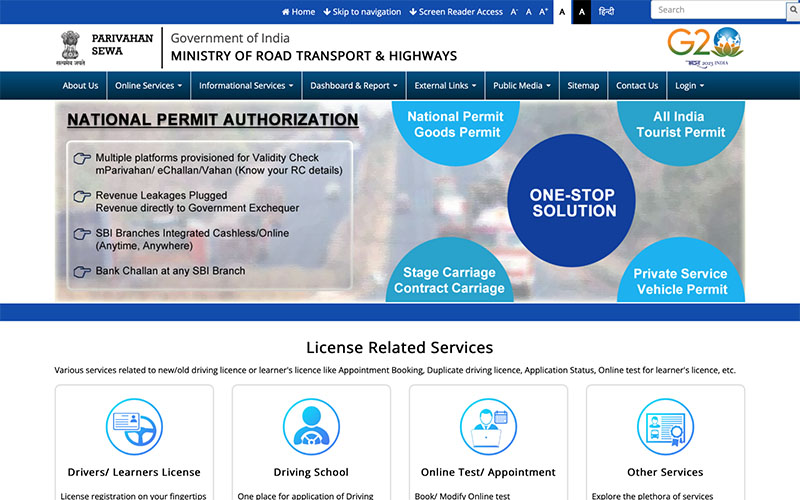
- Step 2: Click on “Informational Services” and choose “Know Your Vehicle Details.”
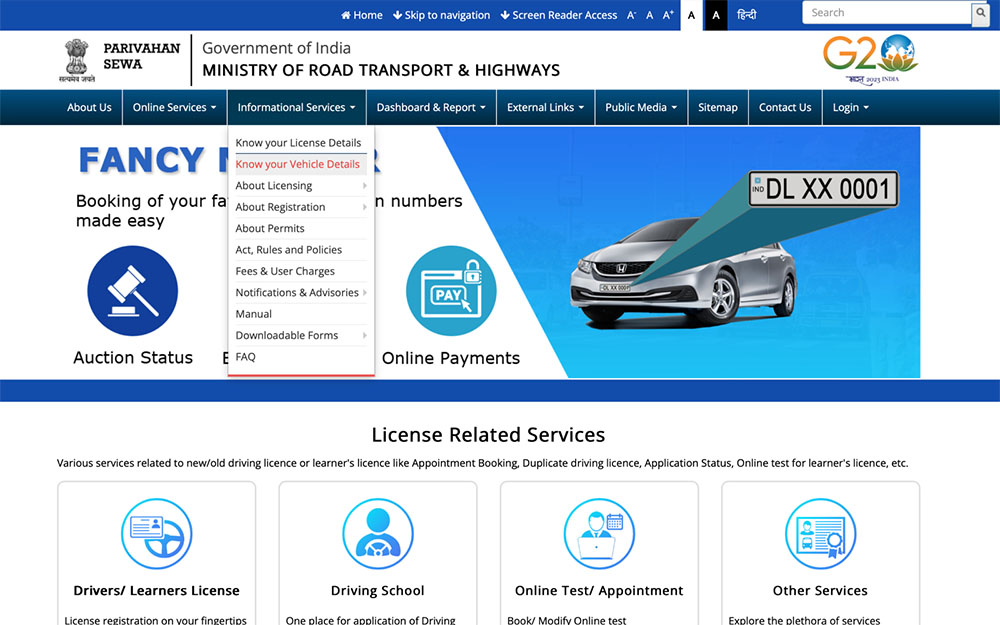
- Step 3: If you’re new, create an account by entering your mobile number and email ID. If you already have an account, simply log in using your mobile number.
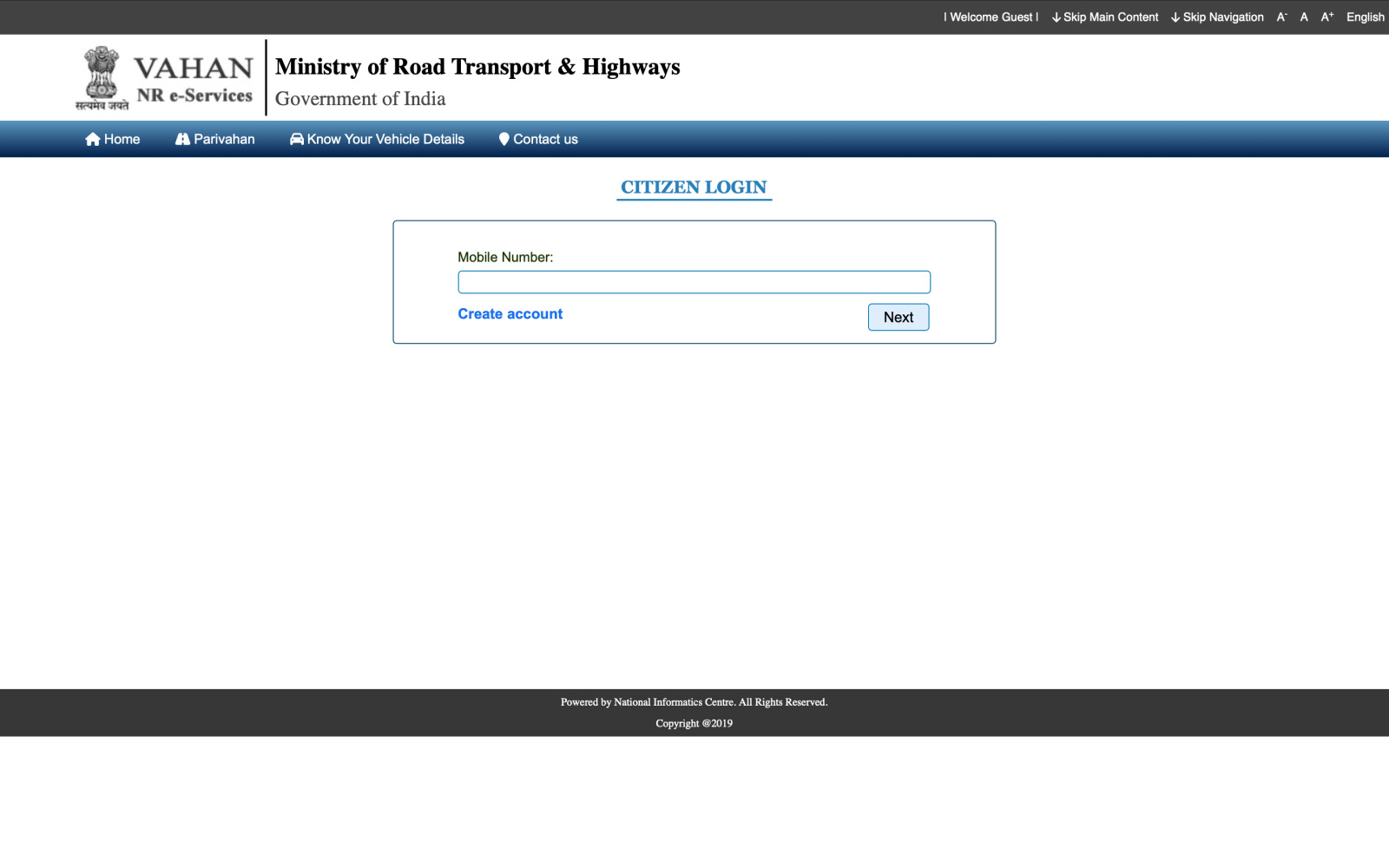
- Step 4: On the next page, type in the vehicle number and the captcha code, then click “Vahan Search.”
- Step 5: You’ll now see the vehicle and owner information. For added convenience, you can also get these details through the mParivahan app.
How to Know the Chassis Number of Bikes?
To find the chassis number of a bike, you can follow these steps:
- Locate the registration document: Check the registration certificate or the bike’s RC (Registration Certificate) book. The chassis number is usually mentioned on these documents.
- Check the bike’s frame or body: The chassis number is often engraved or stamped on the bike’s frame or body. Look for a metal plate or sticker that displays the chassis number. It is typically located on the steering head, near the handlebars, or on the frame under the seat.
- Consult the owner’s manual: The owner’s manual of the bike may provide information on where to find the chassis number. Refer to the manual for specific instructions or illustrations.
- Contact the manufacturer or dealer: If you are unable to locate the chassis number using the above methods, you can reach out to the bike’s manufacturer or a authorized dealer. Provide them with the bike’s make, model, and any other relevant details, and they should be able to assist you in finding the chassis number.
Note: The exact location of the chassis number may vary depending on the bike’s make and model. If you are still having trouble finding the chassis number, it is recommended to consult the bike’s manufacturer or a professional mechanic for further guidance.
Importance of the Bike or Car VIN Number
The VIN number is important for bikes and cars because:
- Vehicle History: It gives details about a vehicle’s ownership, accidents, maintenance, and any reported theft or damage.
- Registration and Insurance: It is needed for registering and insuring a vehicle, ensuring it is legally eligible for road use.
- Vehicle Recalls: Manufacturers use the VIN number to identify vehicles subject to safety recalls.
- Anti-Theft: It helps track and recover stolen vehicles.
- Parts and Maintenance: It accurately identifies the make, model, and year for ordering parts and maintenance.
Irrespective of whether it is an old or new car or a motorcycle, a VIN check is a must before your vehicle hits the road. Likewise, knowing a vehicle’s engine and chassis numbers also determines its originality. It protects you from fraud dealers or other consequences of not having a clear VIN number.
Disclaimer: This blog is written to make it easy for readers to understand complicated processes. Some information and screenshots may be outdated as government processes can change anytime without notification. However, we try our best to keep our blogs updated and relevant.


